THE LARGEST AND MOST STRIKING LAKES IN THE WORLD
Added on: 23rd Sep 2016
GREAT BEAR LAKE
12,028 MI²

Canada’s Great Bear Lake is one of the largest and coolest
looking lakes, resembling an open bear jaw. The largest
lake entirely within Canada, this Arctic Circle lake is frozen
from November to July and is overall one of the most
serene and pristine bodies of water on Earth. Over the
centuries, uranium, silver and copper have all been
mined along the lake’s shores.
LAKE BAIKAL
12,248 MI²

At 5,371ft (1,637m) deep, Lake Baikal is the deepest lake in
the world. It’s astounding depth makes it the largest freshwater
lake in the world by volume in addition to its title as the
seventh largest lake by surface area. The lake holds many
records, including one of the oldest lakes on Earth (appearing
over 20 million years ago). It rests on Earth’s deepest land
depression and rests over a little understood fault zone.
Lake Baikal is also known as one of the cleanest on our
planet, largely due to its bedrock watershed and an algal
and bacteria-hungry shrimp living throughout it.
LAKE TANGANYIKA
12,700 MI²
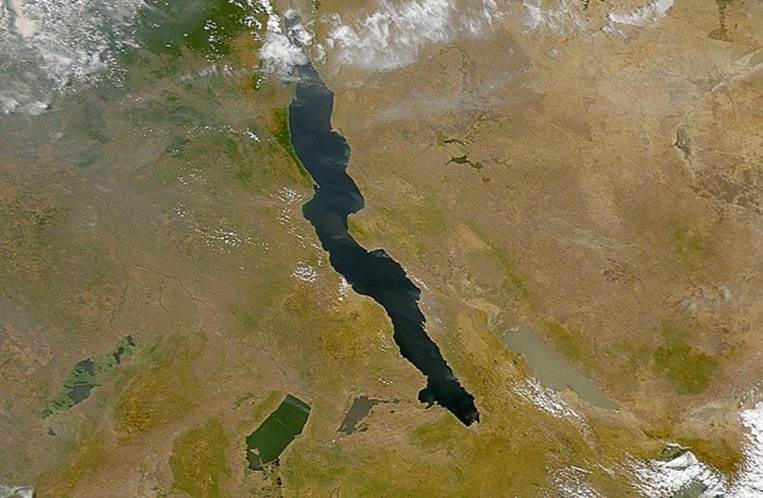
One of the most biologically diverse lakes on Earth, Lake
Tanganyika is the third largest lake by volume. Another
ancient lake, Tanganyika is half the size of Lake Victoria
but drains the same amount of area: about 77,220 square miles
(200,000 square km). It drains an area seven times larger than
its size, largely due to its long, narrow shape which almost
(but not quite) makes it the longest freshwater lake in the world.
LAKE MICHIGAN
22,300 MI²
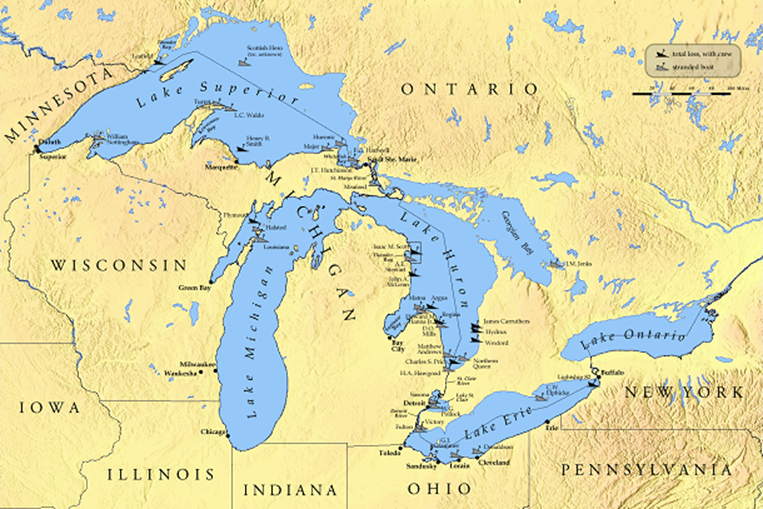
The largest lake entirely within one country, Lake Michigan is
the only Great Lake which does not share a border with Canada
Over 60% of North American steel manufacturing is made
near to and flows out along the Great Lakes. Major U.S.
cities located along Lake Michigan include Chicago and Milwaukee,
major manufacturing hubs for the American Midwest.
LAKE HURON
23,000 MI²
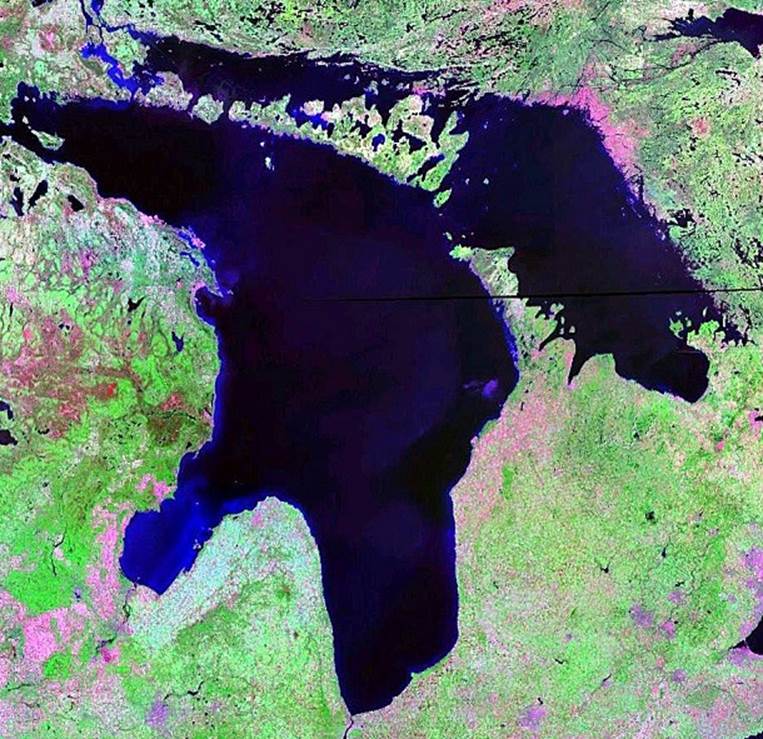
Lake Huron is unique for harbouring the world’s largest
lake island: Manitoulin Island. It’s also the fourth largest lake
in the world, but when combined with Lake Michigan (to form
Lake Michigan-Huron) since there is no clear hydrologic
boundary between the two, it is the second largest.
LAKE VICTORIA
26,600 MI²
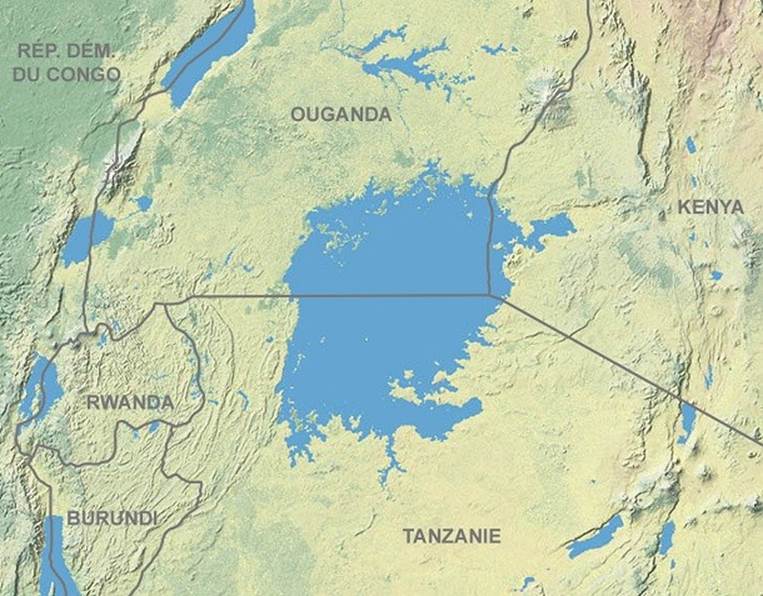
Bordering Uganda, Kenya, and Tanzania, Lake Victoria is the
largest lake in Africa and the third largest lake in the world.
The lake is under great pressure from surrounding communities,
losing over 200 fish species to extinction in the past 50 years.
Nonetheless, some estimates cite the lake as the most
productive freshwater fishery in the world. Over 500,000 tons
of fish worth $400 million are pulled from Lake
Victoria’s waters annually.
LAKE SUPERIOR
31,700 MI²
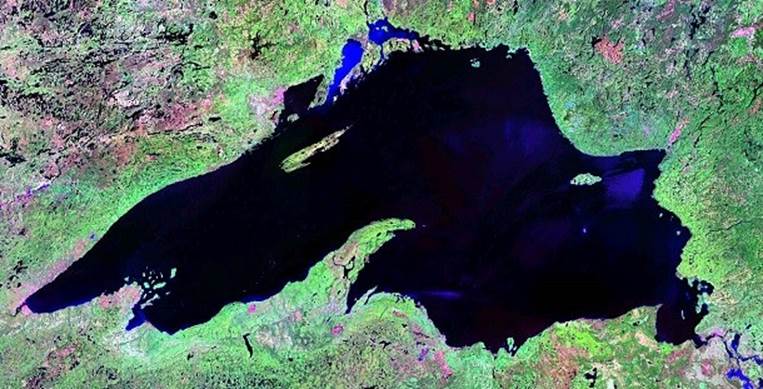
Lake Superior is the largest of the Great Lakes by both
volume and surface area. The 1970’s saw major eutrophication
(the generally unintentional introduction of chemicals and
fertilizers which lead to algal blooms and other effects which
can choke an ecosystem) which dramatically reduced water
quality. In recent years, the lake has been one of the most
rapidly warming lakes on Earth and is in great danger
with the loss of most (79%) of its ice.
CASPIAN SEA
143,200 MI²
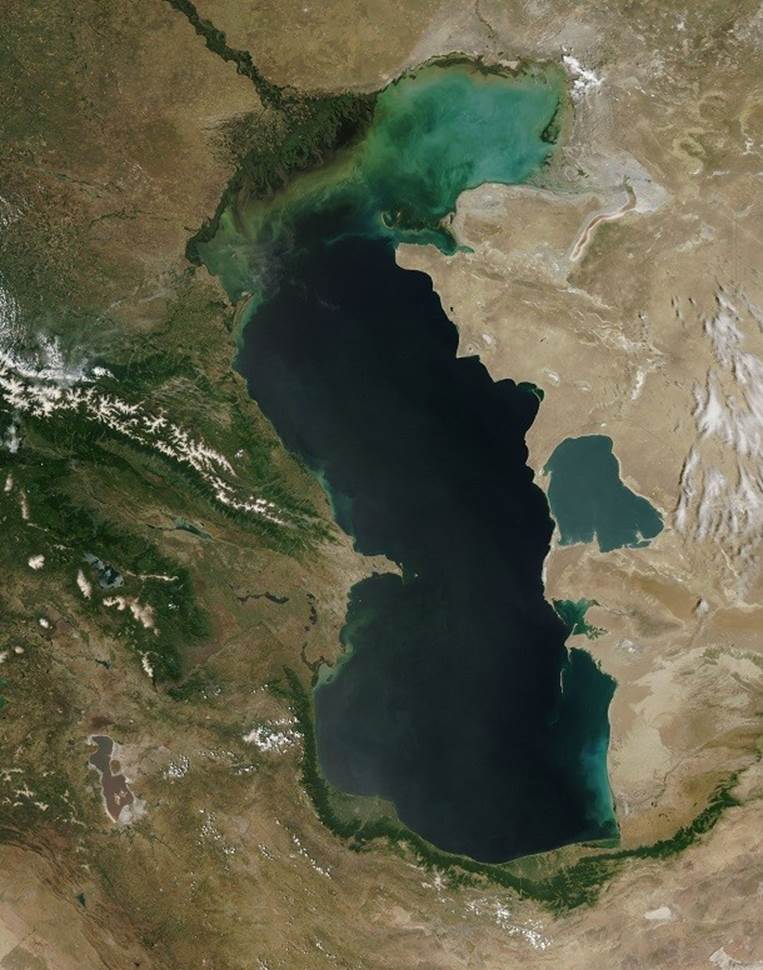
Despite its name, the Caspian Sea is the largest lake in the
world by area (and is one of a few ancient lakes on Earth
which have been around for millions of years). Bordered by
Azerbaijan, Iran, Kazakhstan, Russia, and Turkmenistan,
the Caspian Sea is a salty lake, largely because it does not
eventually drain into the ocean. Thus, minerals are left behind
when the water evaporates, making it saltier. The Caspian Sea
is so large that its length is almost equivalent to twice the
length of the U.S. state of Florida.

Comment on this